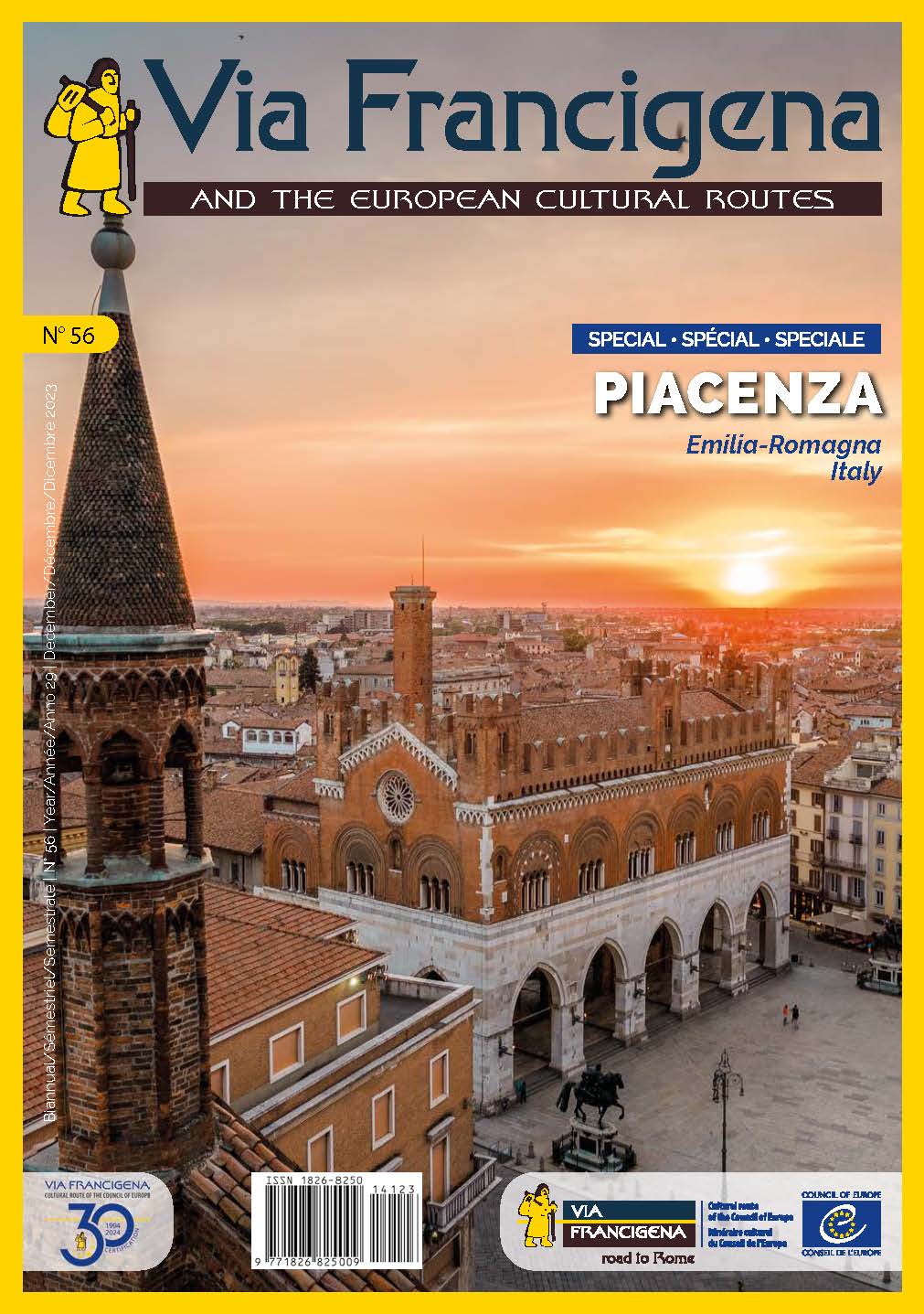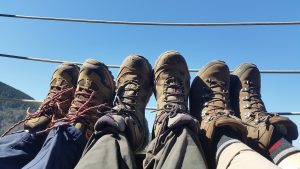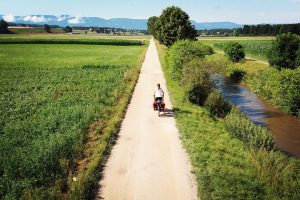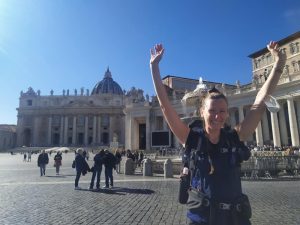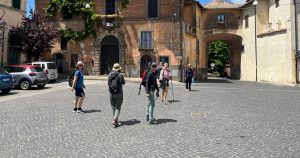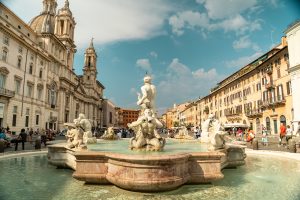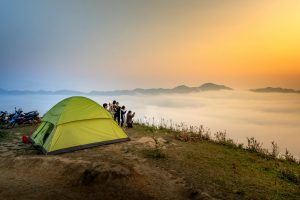The Great St. Bernard Pass between Switzerland and Italy is the highest point of the Via Francigena at 2469 metres! In spite of the altitude, the path to reach the top in summer is quite pleasant. However, the situation is very different in winter. The average snowfall per season on the Great St. Bernard Pass is 11 metres! In fact, in winter, several places are dangerous starting already from Martigny because of the snow that can cover the path and make it very slippery. And of course also because of the risk of avalanches. Here are 8 tips for crossing the Great St Bernard Pass in winter:
1. Avoid the passage between Bovernier and Sembrancher as the Via Francigena itinerary crosses several avalanche paths. The train will take you easily from one village to the other.
2. Avoid the passage from Bourg-Saint-Pierre to Bourg-Saint-Bernard (entrance to the tunnel) as the area along the Toules dam can be quite dangerous. The bus will take you easily to Bourg-Saint-Bernard.
3. To cross the Pass, most people go up using touring skis with climbing skins [1] underneath. Many others who don’t know how to ski use snowshoes with poles. If you don’t have this equipment, you can try climbing in good walking boots if the snow is hard, but ideally you’ll need crampons to avoid sinking into the snow and poles to keep your balance.
4. It goes without saying, but make sure to bring warm clothes and all the necessary equipment to withstand the cold temperatures. The thermometer hardly ever goes above 0° on the pass in winter.

5. The day before your departure, call the Hospice du Grand-Saint-Bernard, the only place to sleep on the pass in winter. To reserve a place, let them know about your approximate arrival time and find out about weather conditions and the degree of danger.
6. If you are in doubt about the danger (avalanches, bad weather, etc.) do not cross the pass.
7. If the ascent to the Pass is difficult, don’t forget that the next day you have to descend into the Aosta Valley. The danger of avalanches is also often high here!
8. Inform yourself beforehand about the emergency phone numbers in Switzerland and Italy. A list of emergency numbers in Switzerland can be found here, while the ones for Italy can be found here.
As you can see, the Great St. Bernard Hospice is a place where you can sleep all year round and it has been open since the year 1050! It is the only place on the pass that is open in winter. It is such a unique place that there are as many people who sleep there in winter as in summer! People go there in winter to recharge their batteries, to do sports, to disconnect, to rest, to admire the beauty of nature or to take part in big festivities for example with Christmas and Easter.
N.B.: Winter on the Great St. Bernard Pass corresponds to the period from mid-October to the beginning of June. During this period, the road is closed and the climb is not safe. You are in a beautiful environment, but it can change quickly and be deadly. Be careful and make the right and wise decision when conditions are not safe.
————
[1] This is a strip of fabric attached underneath touring skis so that they only slide in one direction. This makes it possible to climb up a slope. Today, sealskins are no longer used. They are now made of synthetic strips of material, but the generic term sealskin is still used.






